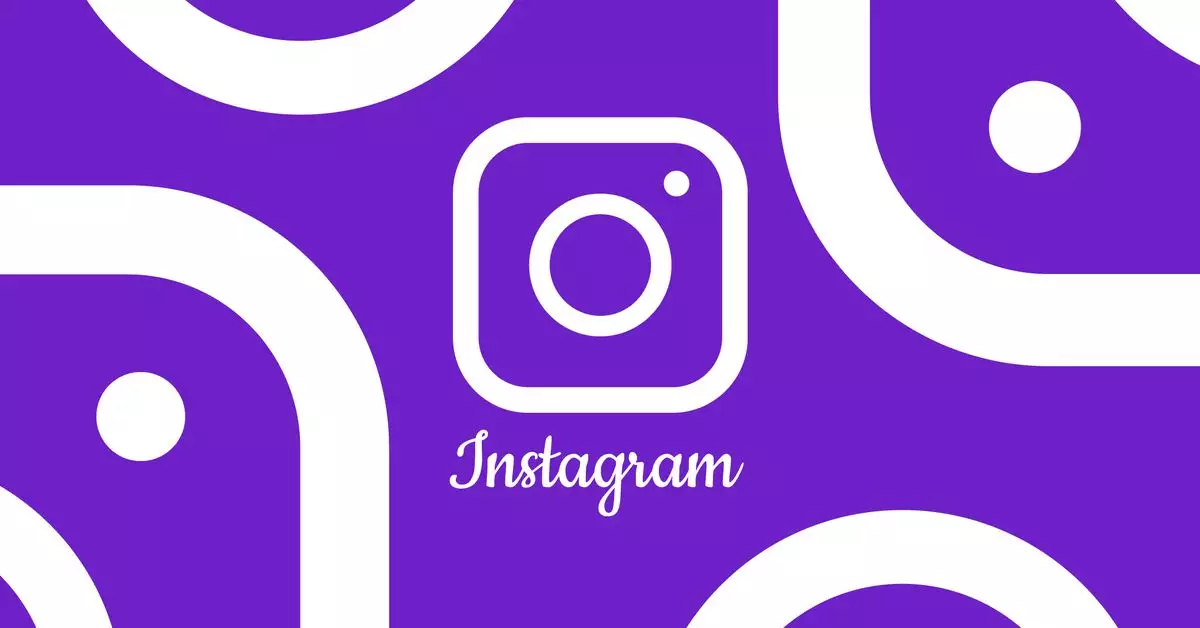Instagram has become an integral part of our social media experience, where everything from personal memories to professional promotions unfolds in a matter of seconds. Yet, many users are perplexed by the inconsistency in video quality on this platform. Some clips appear crystal-clear, while others look remarkably blurry. This disparity, it appears, is not merely a result of user-upload quality; rather, it stems from Instagram’s algorithm, which dynamically adjusts video quality based on viewership metrics.
According to Adam Mosseri, head of Instagram, video quality is directly tied to how popular a video becomes shortly after being uploaded. The algorithm prioritizes videos that garner immediate attention, displaying them in a higher quality format if they attract significant views at the outset. Conversely, if a video fails to captivate audiences instantly, the platform employs lower-quality encoding to conserve computational resources. This automatic adjustment aims to optimize performance and user experience, but it raises important questions about fairness and equity on the platform.
Mosseri’s explanations reveal that Instagram is essentially managing its resources in a strategic manner. With billions of videos streamed daily, the company must make critical decisions regarding which clips to process extensively. New uploads receive a basic encoding that improves in quality only if the content proves popular over time. This methodology aligns with business efficiencies but places smaller creators at a potential disadvantage. Those who do not have a pre-established audience may find their hard work underappreciated visually, despite the merit of their content.
Instagram’s commitment to showcasing what it deems to be the “highest-quality content” leads to a cycle where popular figures receive preferential treatment in terms of visibility and clarity. The implications of this approach suggest a widening gap between high-profile creators and emerging voices. Even though Mosseri argues that user engagement is primarily influenced by content rather than mere aesthetics, the initial quality of a video could heavily influence its shareability and, subsequently, its reach.
This emphasis on algorithmically driven quality raises concerns within the community. Smaller creators or those vying for recognition on the platform may feel sidelined. Although Mosseri reassures users that content interaction is about substance, the underlying mechanics mean that exposure becomes a privilege reserved for the well-known. Many rising creators depend on visibility to build their audience, and a blurry video can discourage potential engagement.
As Instagram evolves, the balance between operational efficiency and community inclusiveness remains a critical dialogue point. While it is essential for platforms to leverage algorithms intelligently to handle massive amounts of content, the question persists—how do they ensure all voices are heard and seen, irrespective of their initial popularity?
Understanding the shifting landscape of video quality on Instagram reveals much about the nature of content consumption in the digital age. While platforms like Instagram must adapt to vast user engagement, it’s crucial that they consider the impact of their algorithms on the diversity and equity of voices present on their site. Creators deserve transparency regarding these practices, enabling them to navigate the complexities of digital storytelling effectively. As the platform continues to grow, its leaders must strive toward fostering a more inclusive atmosphere that empowers every creator.

